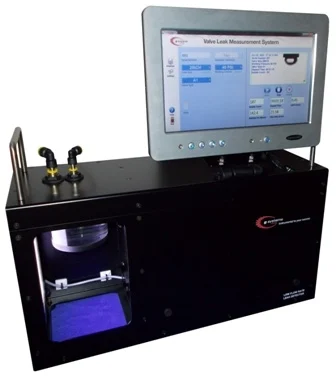G Systems VLMS is a self-contained counting instrument for automated leak detection. The typical methods were costly, tedious, and prone to human error – especially in the area of low-flow leak detection. A leading manufacture for large valves needed a more efficient and deterministic method to detect leaks.



